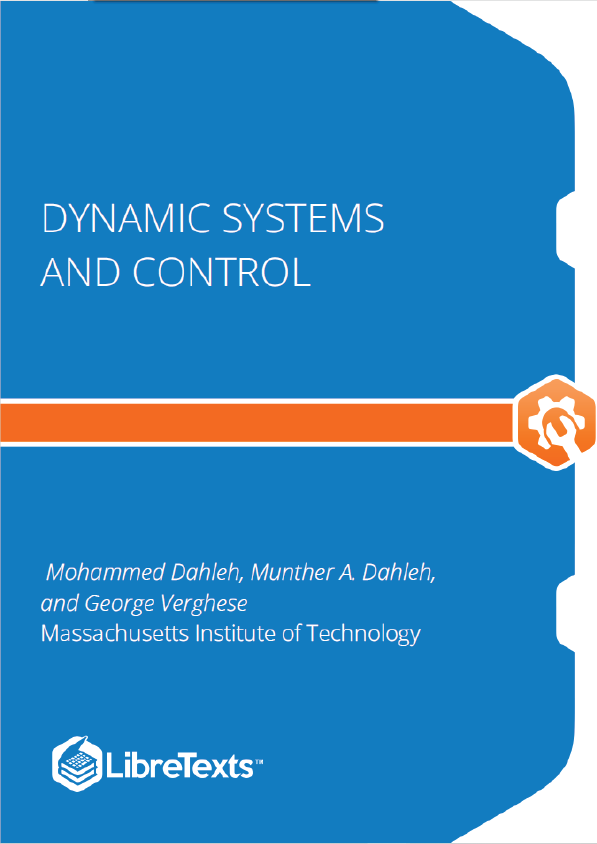Most of our attention will be focused on linear models (and within this class, on time invariant models, i.e. on LTI models), for reasons that include the following :
- linear models describe small perturbations from nominal operation, and most control design is aimed at regulating such perturbations;
- linear models are far more tractable than general nonlinear models, so systematic and detailed control design approaches can be developed;
- engineered systems are often made up of modules that are designed to operate in essentially linear fashion, with any nonlinearities introduced in carefully selected locations and forms
To describe the interactions of coupled variables in linear models, the tools of linear algebra are essential. In the first part of this course (4 or 5 lectures), we shall come up to speed with the “Ax = y” or linear equations part of linear algebra, by studying a variety of least squares problems. This will also serve to introduce ideas related to dynamic systems – e.g., recursive processing of I/O measurements from a finite-impulse-response (FIR) discrete-time (DT) LTI system, to produce estimates of its impulse response coefficients.
Later parts of the course will treat in considerable detail the representation, structure, and behavior of multi-input, multi-output (MIMO) LTI systems. The or eigenvalue- eigenvector part of linear algebra enters heavily here, and we shall devote considerable time to it. Along the way, and particularly towards the end of the course, we shall thread all of this together by examining approaches to control design, issues of robustness, etc., for MIMO LTI systems.
What you learn in this course will form a valuable, and even essential, foundation for further work in systems, control, estimation, identification, signal processing, and communication.
We now present a checklist of important notions from linear algebra for you to review, using your favorite linear algebra text. Some of the ideas (e.g. partitioned matrices) may be new.
Review the definition of a vector space: vectors, field of scalars, vector addition (which must be associative and commutative), scalar multiplication (with its own associativity and distributivity properties), the existence of a zero vector 0 such that x + 0 = x for every vector x, and the normalization conditions 0x = 0, 1x = x. Use the definition to understand that the first four examples below are vector spaces, while the fifth and sixth are not:
- Real continuous functions f(t) on the real line ( ), with obvious definitions of vector addition (add the functions pointwise, f(t) + g(t)) and scalar multiplication (scale the function by a constant, af (t)).
- The set of m x n matrices.
- The set of solutions y(t) of the LTI ode.











